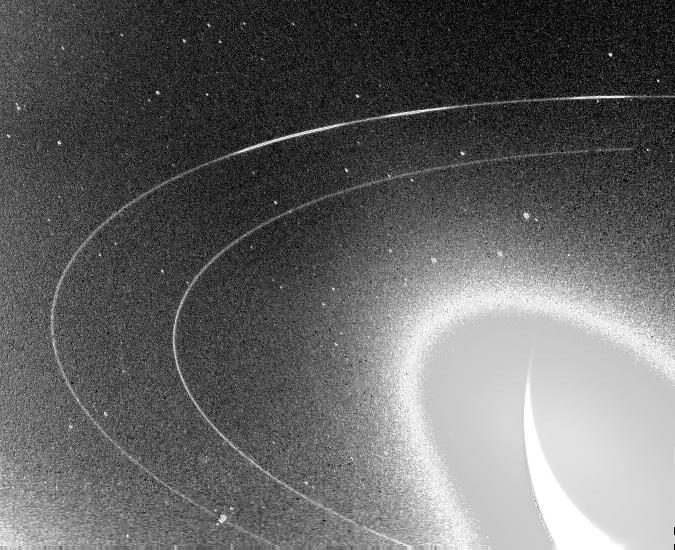The biggest recent story in science news has been, well, as big as things can possibly get: scientists manning the BICEP2 telescope at the South Pole announced the discovery of gravitational waves, direct evidence of the inflation of the universe hypothesized to have occurred in the first fractions of a second after the Big Bang. Yet most researchers work on problems far less cosmic. What follows is a collection of articles on topics more likely to arise around the dinner table then across the universe.

The 2007 Ig Nobel Prize, awarded to achievements that “first make people laugh” and then make them think. Courtesy of the BBC.
Scientific American: Fact or Fiction?: The 5-Second Rule for Dropped Food – Whether in the kitchen or at an outdoor barbeque, many people rely on the “five-second rule” to determine if a fumbled foodstuff is still safe to eat. Larry Greenemeier talks with an array of microbiologists to learn just how quickly bacteria can hitch a ride on fallen edibles.
The Atlantic: Chemists Decree: Don’t Pee in the Pool – What your mother always told you turns out to be good advice, at least in this case. As Julie Beck explains, urine and chlorine mix to produce chemicals that are far more harmful than either component.
XKCD What If?: Today’s topic – Lightning – Randall Munroe, author of the webcomic “xkcd,” has quite a reputation for tracking down the answers to offbeat science questions, especially those regarding danger to life and limb. This collection of lightning-related responses is no exception; if you’ve ever wondered what happens if a bolt strikes a bullet, prepare to have your curiosity satisfied.
SIAM Blogs: Perfect Billion-Dollar Madness – As the men’s NCAA basketball tournament enters its “Sweet Sixteen” round, sports fans across the country are mourning the loss of their perfect brackets. Tim Chartier’s analysis of just how unlikely such a bracket is may help soften the disappointment.
Popular Science: Goats Found To Be Much Smarter Than Previously Believed – Primates and dolphins get the most positive press in terms of nonhuman intelligence, but scientists are finding out that the barnyard also contains some big brains. As reported by Douglas Main, goats display surprising spatial reasoning and memory abilities.
The Scicurious Brain: IgNobels 2013! Beauty is in the eye of the beer0holder – The pun in the title of this article is, surprisingly, sourced from the original research it describes. The winners of the 2013 IgNobel Prize in psychology, as discussed by the eponymous blogger behind Scicurious, took a careful look at the “beer goggles” effect that causes drinkers to perceive themselves as more attractive.
Dog Spies: Is DOGTV Right for Our Nation’s Dogs? – What seems like a silly concept—a TV station for canines—turns out to have serious implications. Julie Hecht ties DOGTV into the larger animal psychology concept of “enrichment” and examines whether the tube is really sufficient to engage a pet’s attention.









